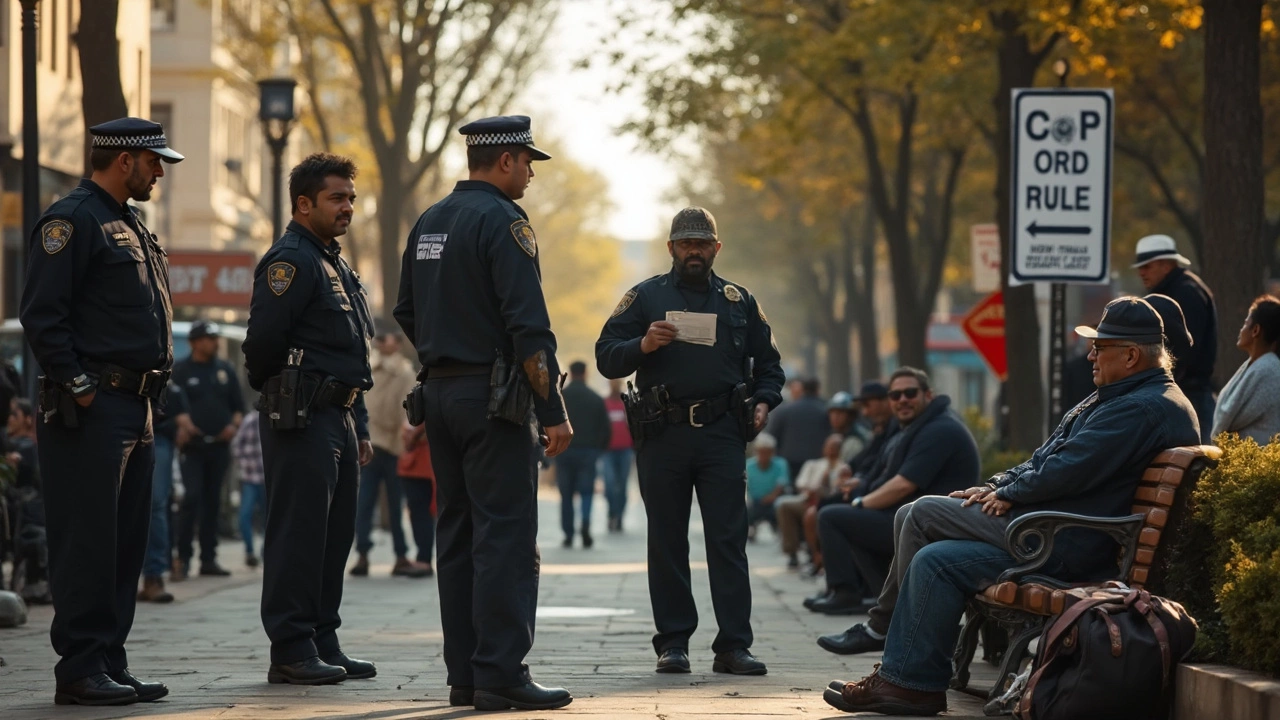Public Spaces: Why They Matter and How to Use Them
Ever walked through a park and felt a sudden lift in mood? That’s the power of public spaces. They’re more than just concrete and grass – they’re places where neighbors meet, kids play, and ideas spark. When a city gets its public spaces right, everybody wins. Below we’ll break down why they’re important and give you real‑world tips to make the most of the parks, streets, and squares around you.
Why Public Spaces Matter
First off, public spaces create a sense of belonging. A well‑kept park invites families to picnic, seniors to exercise, and friends to hang out. That shared use builds trust among people who might otherwise never cross paths. Second, they boost health. Walking a mile in a green park burns calories, reduces stress, and improves mental clarity. Third, they spark local economies. Food trucks, pop‑up markets, and street performances draw crowds, which means more business for nearby shops.
Research shows neighborhoods with active public spaces see lower crime rates. When people feel safe and see others using the area, they’re less likely to cause trouble. Also, public spaces are free playgrounds for creativity. A vacant lot can become a community garden; a quiet square can host a weekend yoga class. The possibilities grow when the community owns the space.
Tips to Make Public Spaces Work for You
1. **Visit Regularly** – Treat a local park like a coffee shop you’d visit often. The more you show up, the more you’ll meet familiar faces and feel connected.
2. **Join or Start a Group** – Look for existing walking clubs, clean‑up crews, or garden volunteers. If none exist, start one on a bulletin board or social media. - Pick a day and time that works for most people. - Keep the focus simple: a weekly walk, a monthly clean‑up, or a seasonal planting.
3. **Use the Space for Your Needs** – Need a quiet spot to read? Find a bench under a tree. Want a place to practice a hobby? Bring a portable easel or a soccer ball. Public spaces are flexible; you decide how to use them.
4. **Respect the Rules** – Most parks have guidelines about noise, litter, and hours. Following them keeps the space welcoming for everyone and prevents closures.
5. **Share Feedback** – If you notice a broken swing or a pothole, report it to the local council. Many cities have online forms or apps for quick reporting.
6. **Invite Others** – Bring a neighbor, a friend, or a colleague. A simple invitation can turn a solo walk into a community habit.
7. **Showcase Your Space** – If you’ve organized a small event, take a few photos and post them on community boards. Success stories inspire others to get involved.
Public spaces thrive when people treat them as shared assets. By showing up, caring for them, and inviting others, you help create a vibrant, safe, and healthy neighborhood. So next time you pass a park or a square, ask yourself: how can I make this place better for me and for everyone else?
Remember, the best public spaces aren’t just built by city planners – they’re shaped by the everyday actions of residents like you. Start small, stay consistent, and watch your community flourish.
Is it a Crime to Be Homeless in Texas? Know Your Rights and Realities
Homelessness in Texas isn't legally defined as a crime, but daily life for people without homes can be filled with legal hassles. Laws and city ordinances sometimes hit homeless folks with tickets or arrests for simple things like sleeping in public. This article breaks down what really happens when you're homeless in Texas, how local laws work, and ways to find real help. You’ll also get tips for navigating shelters, knowing your rights, and connecting with support. Learning these facts can make a tough situation a bit less confusing.
Read More